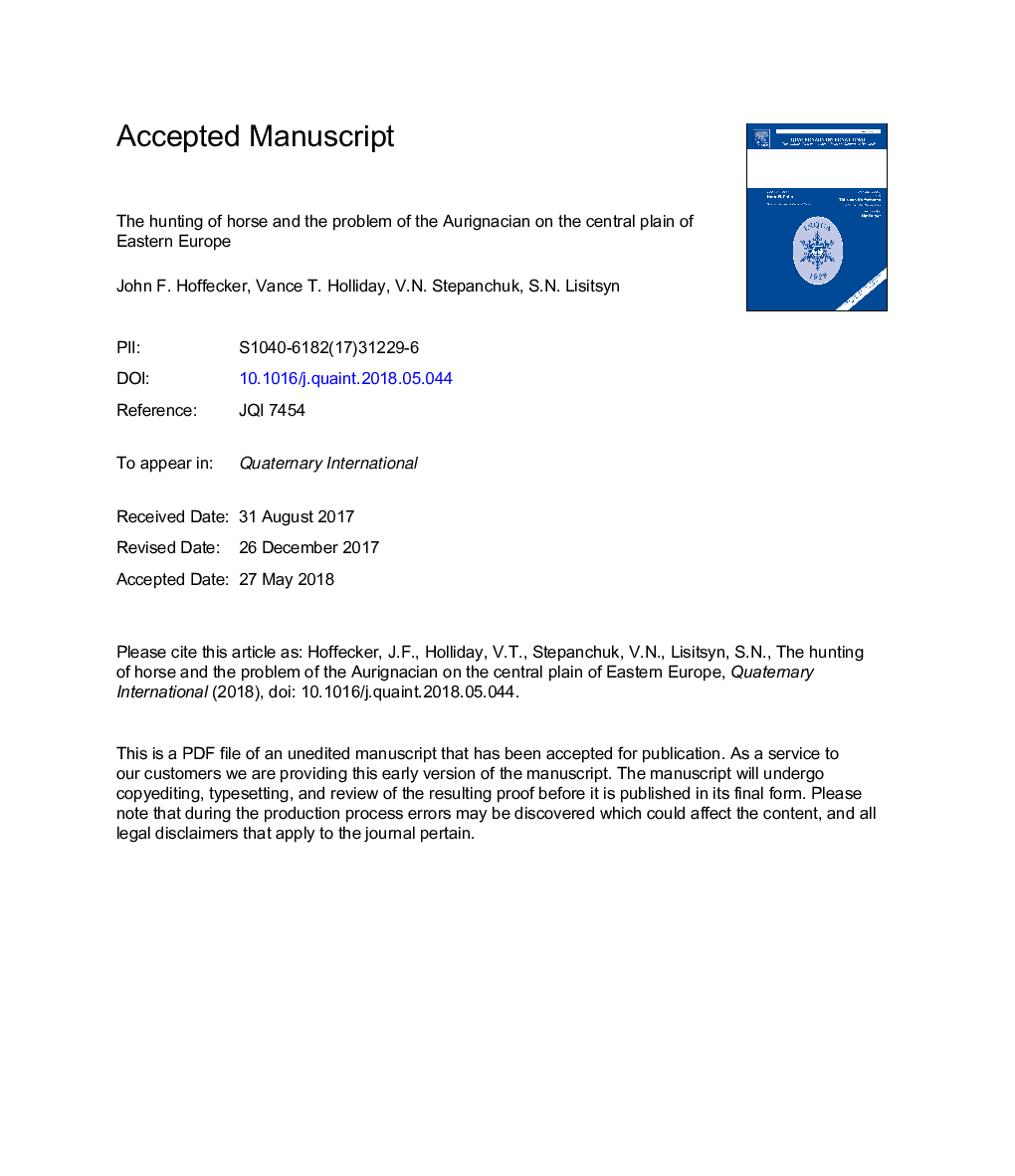| Article ID | Journal | Published Year | Pages | File Type |
|---|---|---|---|---|
| 10500918 | Quaternary International | 2018 | 42 Pages |
Abstract
The archaeological record of the early Upper Paleolithic on the central plain of Eastern Europe yields evidence for the repeated hunting of horses in small herds. Several major sites contain large bone beds that represent the butchered remains of a mare band. The bone beds are consistently associated with expedient tools, often made on local raw materials, that are typical of mass kill sites and carcass-processing areas in other settings (for example, North American Plains). Many of these sites may have been occupied by people related to the Aurignacian technocomplex, which otherwise is poorly represented on the central East European Plain, their industrial affiliation obscured by the profusion of expedient tools (often classified as Middle Paleolithic types) related to mass-processing of horse carcasses.
Related Topics
Physical Sciences and Engineering
Earth and Planetary Sciences
Geology
Authors
John F. Hoffecker, Vance T. Holliday, V.N. Stepanchuk, S.N. Lisitsyn,
